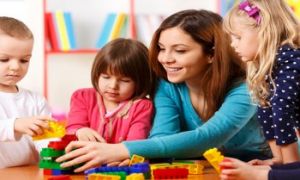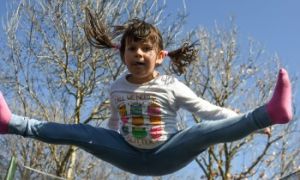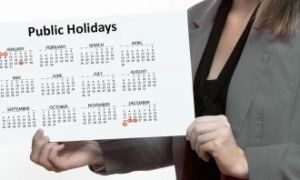The following is a collection of science-themed “potion recipes” that blend sensory exploration, symbolic meaning, and safe chemical reactions—perfect for World Science Day or any inquiry-based learning moment. Each potion includes: A symbolic name (linked to emotional literacy or global values), a child-safe recipe using common ingredients, and a meaningful intention to spark reflection and storytelling.
Harmony Fizz
Symbolism: Celebrating diversity and unity
Ingredients:
- Baking soda (2 tbsp)
- Vinegar (½ cup)
- Food coloring (rainbow drops in separate cups)
- Glitter (optional)
Instructions:
- Place baking soda in a shallow tray.
- Add drops of different food colors.
- Pour vinegar slowly and watch the rainbow fizz.
Reflection Prompt: “What happens when all the colours work together? ”
Kindness Cloud
Symbolism: Softness, empathy, and emotional safety
Ingredients:
- Shaving cream
- Water
- Pipettes or droppers
- Watercolors or food dye
Instructions:
- Fill a clear cup with water.
- Add a layer of shaving cream “cloud.”
- Drop colored water onto the cloud and watch it rain kindness.
Reflection Prompt: “What colour is your kind feeling today?”
Curiosity Crystals
Symbolism: Wonder, patience, and discovery
Ingredients:
- Hot water
- Table salt or sugar
- String and pencil
- Clear jar
Instructions:
- Dissolve salt or sugar in hot water until saturated.
- Tie string to pencil and suspend in jar.
- Wait a few days for crystals to form.
Reflection Prompt: “What do you notice changing each day?”
Earth Protector Brew
Symbolism: Caring for the planet
Ingredients:
- Water
- Leaves, petals, bark, or herbs
- Recycled jars or bottles
- Optional: citrus peels or cinnamon sticks
Instructions:
- Let children collect natural materials.
- Mix with water in jars to create “Earth potions.”
- Label with intentions like “Clean Air” and “Happy Trees.”
Reflection Prompt: “What does your potion help protect?”
Brave Bubble Elixir
Symbolism: Courage and resilience
Ingredients:
- Dish soap
- Water
- Glycerin or corn syrup (optional)
- Straws or bubble wands
Instructions:
- Mix soap and water (add glycerin for stronger bubbles).
- Blow bubbles and imagine each one carrying a brave thought.
Reflection Prompt: “What brave thing will your bubble do?”
Further Reading
Celebrating World Science Day for Peace and Development in Early Childhood Settings
Easy Science Experiments For Toddlers and Preschoolers
Exploring Science In Early Childhood
20 Super Simple Science Experiments For Toddlers
30 Preschool Science Activities Aligned With EYLF
Introducing Science To Babies
International Day of Women and Girls in Science Activities
Science Experiments


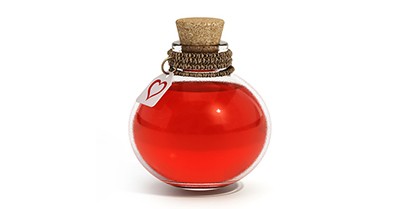


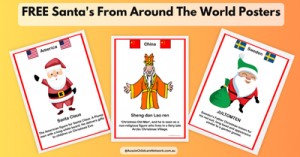

 Open ended questions cannot be responded to with one word answers such as yes or no. These types of questions enables a child to provide
Open ended questions cannot be responded to with one word answers such as yes or no. These types of questions enables a child to provide During your child’s preschool years, an important milestone begins to emerge. This is the development of pre-writing skills. Pre-writing skills are used to encourage, develop
During your child’s preschool years, an important milestone begins to emerge. This is the development of pre-writing skills. Pre-writing skills are used to encourage, develop Open ended materials enables children to play freely. They are objects that have no rules to follow, use or function. Raw materials that can be
Open ended materials enables children to play freely. They are objects that have no rules to follow, use or function. Raw materials that can be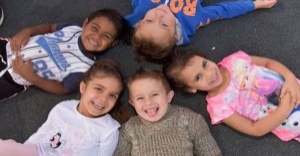 An Acknowledgment of the Country is a way of showing respect for the Traditional Owners and can be given by both non-Indigenous people and Aboriginal
An Acknowledgment of the Country is a way of showing respect for the Traditional Owners and can be given by both non-Indigenous people and Aboriginal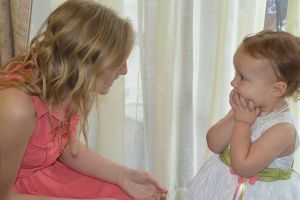 Language plays an important role in a child’s development. It enables a child to communicate effectively with their family, learn at school, socialize with friends,
Language plays an important role in a child’s development. It enables a child to communicate effectively with their family, learn at school, socialize with friends,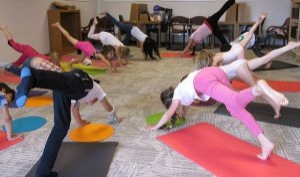 Like adults, children have to deal with their own stress in life. Moving house, starting a new school, preparing for a new sibling - these are
Like adults, children have to deal with their own stress in life. Moving house, starting a new school, preparing for a new sibling - these are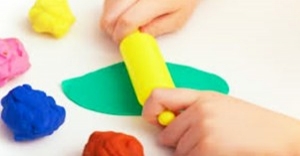 Playdough is such a versatile material. It provides numerous benefits to children as they manipulate it, it is safe and soothing and provides children with
Playdough is such a versatile material. It provides numerous benefits to children as they manipulate it, it is safe and soothing and provides children with Teaching children about sustainability enables them to appreciate and respect the natural environment. Early childhood services can provide meaningful hand on learning experiences in order
Teaching children about sustainability enables them to appreciate and respect the natural environment. Early childhood services can provide meaningful hand on learning experiences in order Recycling is an important concept that teaches children to care for the environment. It encourages children to be responsible and show a growing appreciating for
Recycling is an important concept that teaches children to care for the environment. It encourages children to be responsible and show a growing appreciating for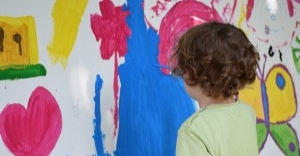 When children apply paint to paper, glue things together, or pound a lump of clay, they experiment with colour, shape design and texture.
When children apply paint to paper, glue things together, or pound a lump of clay, they experiment with colour, shape design and texture.
